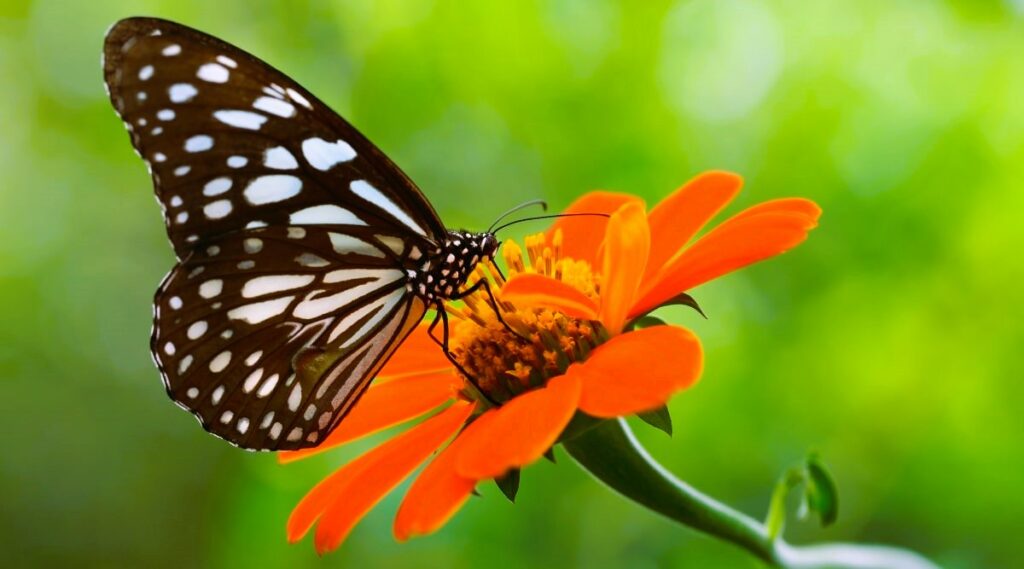Gardens are not only beautiful spaces but also havens for wildlife. By creating an eco-friendly garden that attracts butterflies, you can contribute to the conservation of these delicate and fascinating creatures. In this article, we will explore the importance of butterfly-attracting plants and provide tips on how to create a butterfly-friendly garden in Vancouver.
The Importance of Butterflies
Butterflies are not only aesthetically pleasing; they also play a vital role in pollination and contribute to the health of ecosystems. These winged wonders are natural pollinators, helping to fertilize plants and ensure their reproduction. By attracting butterflies to your garden, you are supporting their life cycle and promoting biodiversity in your local environment. Fashion trends in garden design, more in this article.
Choosing Butterfly-Attracting Plants
To create a garden that attracts butterflies, it’s essential to include plants that provide food and habitat for them at different stages of their life cycle. Here are some butterfly-attracting plants commonly found in Vancouver:
- Milkweed (Asclepias): Milkweed is a favorite plant of monarch butterflies. It provides food for their caterpillars and serves as a nectar source for adult butterflies.
- Purple Coneflower (Echinacea purpurea): This vibrant flower is rich in nectar and attracts a variety of butterflies, including swallowtails and fritillaries.
- Butterfly Bush (Buddleja): As the name suggests, this shrub is a magnet for butterflies. Its fragrant flowers produce abundant nectar, attracting numerous butterfly species.
- Joe-Pye Weed (Eutrochium): This tall perennial produces clusters of pink or purple flowers, attracting butterflies like the Eastern tiger swallowtail and painted lady.
- Liatris (Blazing Star): Liatris features tall spikes of purple flowers that are particularly attractive to monarch butterflies and other nectar-seeking insects.

For more information on butterfly-attracting plants, visit the official website of the Government of Canada (https://www.canada.ca/).
Creating a Butterfly-Friendly Garden
- Provide a Variety of Plants: Incorporate a mix of nectar-rich flowers with different blooming times to ensure a continuous food source for butterflies throughout the seasons.
- Include Host Plants: Some butterfly species lay their eggs on specific host plants, which serve as food for their caterpillars. Research local butterfly species and include their preferred host plants in your garden.
- Provide Shelter: Butterflies seek shelter from harsh weather conditions and predators. Plant trees, shrubs, and tall grasses to create sheltered areas in your garden.
- Avoid Pesticides: Pesticides can harm butterflies and other beneficial insects. Embrace organic gardening practices and avoid using harmful chemicals in your garden.
- Provide Water: Butterflies need water for drinking and puddling. Place shallow dishes or a birdbath with wet sand or stones in your garden to provide a water source.
By following these tips and incorporating butterfly-attracting plants into your garden, you can create a haven for these graceful creatures. Observing their vibrant colors and delicate flight will bring joy and a deeper connection to nature.
Remember, creating an eco-friendly garden not only benefits butterflies but also contributes to the overall health and sustainability of our planet.

